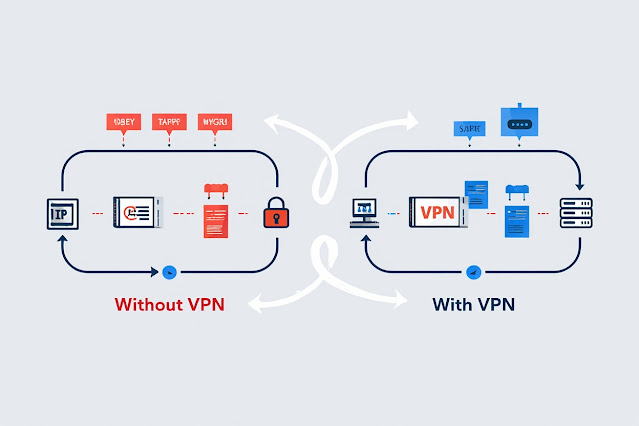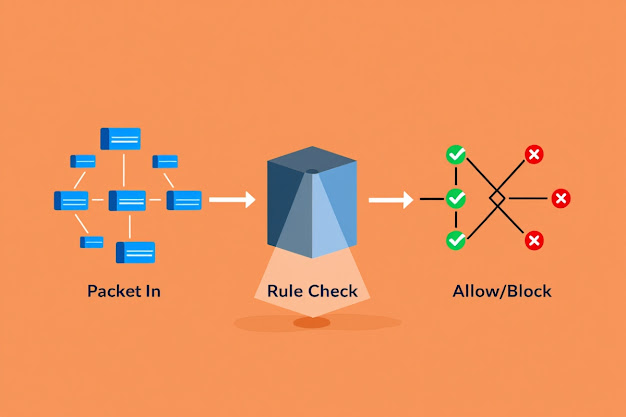What is Device Manager Used For? — A Key Tool for Managing Your PC Hardware
Device Manager is an essential Windows utility that provides users with a centralized interface to view, manage, and troubleshoot the hardware devices connected to their computer. Whether you’re a casual user or a tech enthusiast, understanding Device Manager can help you maintain optimal system performance and quickly resolve hardware-related issues.
Key Uses of Device Manager:
-
View Hardware Status
Device Manager displays a list of all installed hardware components, such as your graphics card, keyboard, hard drives, and USB devices. It shows whether devices are working properly or if there are any issues, indicated by warning icons. -
Update Device Drivers
Drivers are software that allow Windows to communicate with hardware devices. Through Device Manager, you can update drivers to the latest versions, ensuring compatibility and improving device performance. -
Enable or Disable Devices
Sometimes, you may need to disable specific hardware temporarily (for example, disabling a network adapter if it’s causing problems). Device Manager allows you to easily enable or disable devices without physically disconnecting them. -
Troubleshoot Hardware Problems
If a device malfunctions, Device Manager provides error codes and status information to help diagnose the problem. You can also uninstall problematic devices and reinstall them to fix conflicts. -
Manage System Resources
Advanced users can use Device Manager to view and adjust system resources like IRQs and memory addresses, helping to resolve conflicts between devices.
Why Use Device Manager?
Device Manager offers a simple yet powerful way to maintain your computer’s hardware health. It’s often the first place to check when devices stop working correctly or after installing new hardware.
For more Windows tips and tech guides, visit Softbuzz



Nhận xét
Đăng nhận xét